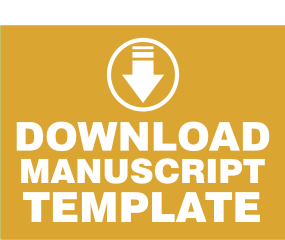Prediksi perilaku korupsi dalam perspektif dimensi budaya model Hofstede
Keywords:
Corruption Behavior, Cultural Perspective, Hofstede's ModelAbstract
Abstract
Corruption is a global phenomenon. No country in the world is free from corruption issues, even Denmark and Newzeland which are ranked one and two cleanest countries respectively, still have index scores of 88 and 87 (not yet reached 100). This literature study aims to find answers to the question of how to predict corrupt behaviour from the perspective of the cultural dimensions of Hofstede's model. This research design is review research. Researchers searched the literature related to problem-solving skills through Google Scholar. The hermeneutic technique is used to analyze the literature that is in accordance with the research objectives. The results showed that the Power Distance Dimension and the Individualism-Collectivism Dimension had a strong indication of having a relationship with the Corruption Perception Index.
Keywords: Corruption Behavior, Cultural Perspective, Hofstede's Model
References
Barr, A., Serra, D. (2010). Corruption and Culture: An Experimental Analysis. Journal of Public Economics, 94, 862-869.
Blackburn, K. & Forgues-Puccio, G. F., 2009. Why is corruption less harmful in some countries than in others?. Journal of Economic Behavior & Organization, Volume 72, pp. 797-810.
CBanuri, S., Eckel, C. (2012). Experiments in Culture and Corruption: A Review. Impact Evaluation Series, No. 56. The World Bank Development Research Group.
Dimant,E., 2013. The Nature of Corruption: An Interdisiplinary Perspective. Economics: The Open-Access, Open-Assessment E-Journal.
Graff, G. de. (2007). Causes of Corruption: Towards A Contextual Theory of Corruption
Hofstede, G. (2011). Dimensionalizing Cultures: The Hofstede Model in Context. Online Readings in Psychology and Culture, 2 (1). Hattps://doi.org/10.9707/2307-0919.1014.
Jiang, G. (2017). Corruption Control in Post Reform China: A Social Censure Perspective. Book Chapter: Corruption – Theories and Perspectives, p.11-29. Singapore: Springer.
Judge, W. Q., McNatt, D. B. & Xu, W., 2011. The antecedents and effects of national corruption: A meta-analysis. Journal of World Business, 01, Volume 46, pp. 93-103
Lambsdorff, J. G., 2006. Causes and consequences of corruption: What do we know from a crosssection of countries?. In: S. Rose-Ackerman, ed. International Handbook on the Economics of Corruption. Northampton, Massachusetts: Edward Elgar Publishing, Inc., pp. 3-51.
Stapenhurst, R., Johnston, N. & Pelizzo, R., 2006. The role of parliament in curbing corruption. Washington D.C.: World Bank Institute.
Trancparancy International, 2019. Corruption Perception Index 2018.
Downloads
Published
How to Cite
Issue
Section
License

This work is licensed under a Creative Commons Attribution-ShareAlike 4.0 International License.






